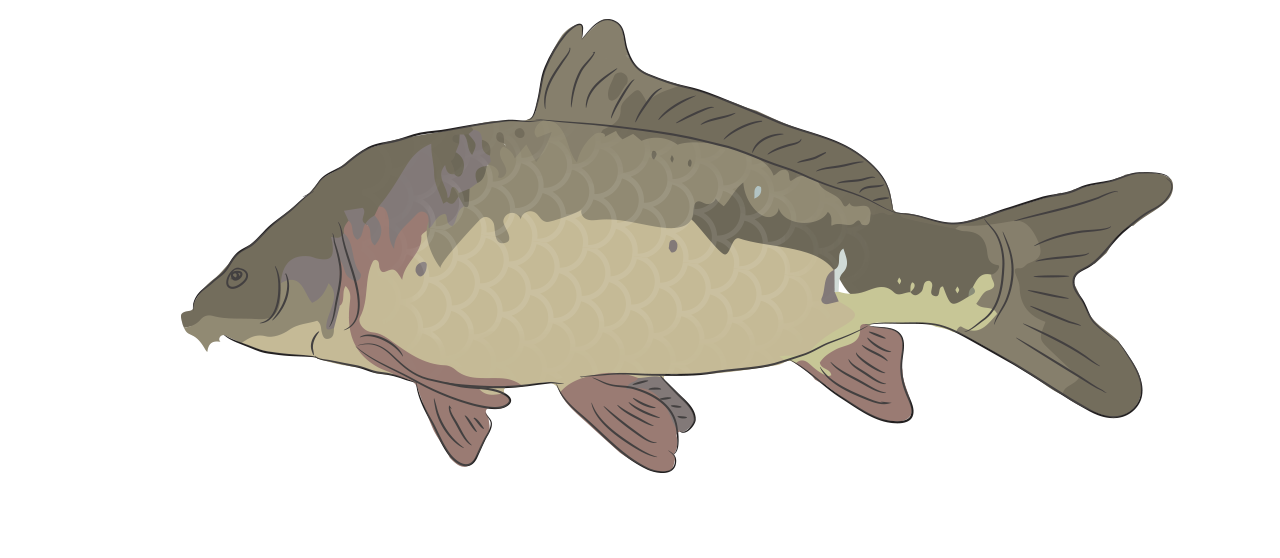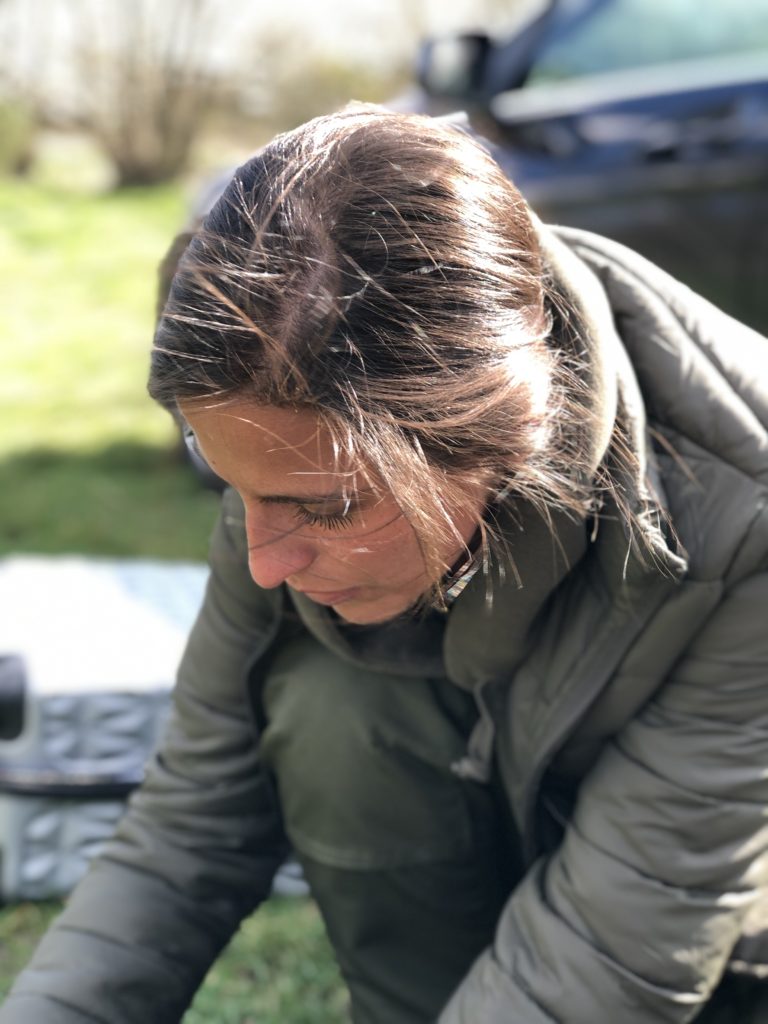Mirror Carp | Fish Species Guide | Angling Direct

Mirror Carp
aka Cyprinus carpio specularis
A subspecies of the common carp, the mirror carp has more irregular patches of scales all over its body rather than being fully covered by scales. These scale formations makes common carp rather easy to identify as individuals by sight. Some of these scale patterns can form known formations such as a Linear pattern. Mirror carp can be found across European freshwaters and are usually deeper in body profile than its close relative, the common carp.
Carpio or carp have been around for a very long time! This fish has been used in aquaculture almost throughout human history, being cultured in China since at least 475 BC.
Stats
Status
Habitat
Found in the margin, near drop-offs and by overhanging trees, snags.
Bait
Boilie, particles and bread.
Fishing Tackle
Native or Invasive
Native
Where
French, German, English, Dutch, Belgian, and Italian freshwaters, such as lakes, ponds, fisheries, and rivers.
 Catch Experience
Catch Experience
Video
Blog Highlight
Claudia Darga- My First Carp
It was not my first trip to the UK, I have previously been on a few occasions, mainly to visit fishing shows or to do some sightseeing. Aside from fishing for barbel on the River Wey, I was yet to properly experience fishing in the UK. However, back...
Read More